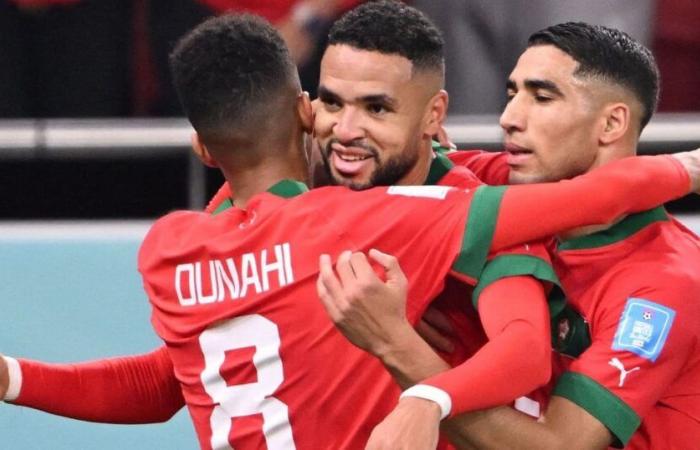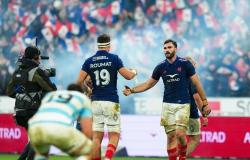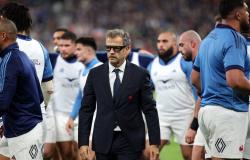Until 1990, the selectors of the Moroccan team mainly drew on the Moroccan championship to compose the national team. The few players who were called to strengthen the team had been trained and played in Morocco before being tempted by experience abroad. The team that participated in the Mexico 1970 World Cup was made up only of the best players from the national championship. However, she could have called on a defensive half, named Abdelkhaleq Louzani, unknown in Morocco at the time. However, he played in the prestigious Anderlecht team, with which he won the Belgian Cup. He also started in Morocco in a small club in his hometown, ASS Essaouira, until the age of 18 before embarking on a professional career in Belgium. The 1976 team, African champion and holder of the Atlas Lions’ only continental title, was made up entirely of local players. Finally, that of 1986, the first African team to have passed the first round of a World Cup, was also made up of “local” players. Bouderbala, Haddaoui and Krimou began their careers in Morocco before transferring to Europe.
It was only from the mid-90s that Morocco began to take an interest in players of Moroccan origin with foreign nationality and playing in Europe. Most of them were in Belgium, France, the Netherlands or Germany. Initially, the mayonnaise did not take hold and a debate began on the strategy to adopt.
Should we invest in players with proven technique and trained for the most part in the wastelands of the suburbs of large Moroccan cities, or draw on the extraordinary pool of the Moroccan community abroad whose players present extraordinary physical qualities? common and in line with the standards of modern football?
The debate will not be settled. It took the creation of the Mohammed VI Academy in 2008 to change mentalities. By having a training center meeting international standards, Morocco once again became a supplier to the national team with players capable of competing and taking center stage.
The Academy is a space to support players from a very young age. Its aim is to fill their physical gaps and technical insufficiencies. No matter how talented we are, there are simple technical gestures that must be assimilated through training, learning and rigorous discipline, particularly in terms of food. In 2022, the general public will discover the extraordinary work accomplished by the Academy. Players like Ounahi, En-Nesyri and Aguerd will symbolize the success of this high place of football training in Morocco. Other centers, developed within clubs (eleven at the moment), were launched as part of an OCP-FRMF agreement. Equipped with significant resources, they will fuel a new generation of internationals trained in Morocco.
However, there remains one area that will need to be improved: it is the level of the Botola Pro. Players trained in Morocco aim for a professional career and rarely play in the national championship. Its level is affected and risks, in the long term, penalizing Moroccan clubs internationally. In July 2025, FIFA will launch the new version of the Club World Cup in the United States. Morocco will be represented by Wydad Casablanca as recent winners of the African Champions League. A participation highly anticipated by the Moroccan public eager for exploits and prowess. Three other clubs are involved in international competitions: Raja and AS FAR in the Champions League, and Renaissance Sportive de Berkane in the CAF Cup. Their performances at the start of the season leave something to be desired. Wydad is having a sluggish start to the season. In terms of ratios, he is doing even worse than last season, a failed season. His average points scored per match at the end of the season was 1.47 points compared to 1.38 after 8 days. Raja, reigning champion, collapsed this year with the same average as Wydad; it is light years away from the historic record of the 2023-2024 season, during which the ratio was 2.40 points per game. Ditto for the average of goals scored per match: from 1.73 Raja went to 1.38. AS FAR and Renaissance Berkane are doing a little better even if AS FAR is also down. With an average points per game of 1.63, the team is down compared to the previous year (second best historical performance), behind Raja with 2.37 points per game.
Regarding the average of goals scored: after 8 days it is 1.63 per match compared to 2.17 in the 2023-2024 season. At the end of the latter, and for the first time in the history of the competition, a team (AS FAR in this case) managed to score more than two goals on average per match. Renaissance Berkane is the only team involved in international competitions to have improved these ratios over the first eight matches compared to last season; the oriental club is leader with a points average of 2.13 compared to 1.73 last season.
However, these ratios suffer from comparison with the leading clubs in the European championships. At the start of the season, and with an average of 2.73 points per match, it is Barcelona which takes the lead in the following four championships: La Liga, Premier League, Ligue 1 and Bundesliga. It is followed by Manchester City and PSG with 2.56 points each and Bayern and Leipzig with 2.50 points per game. The leader of the Moroccan championship with 2.13 points is far behind; despite its record average of 2.40 achieved in 2023-2024, Raja does not compete. This average is a serious indicator of the regularity of performance.
To assess the effectiveness of attacking lines, another indicator is useful: that of the average number of goals scored per match. Bayern are in the lead with an average of 3.63 goals per game; he is followed by Barcelona (3.36), Paris (3.11) and Leverkusen (outgoing German champion) with 2.50 goals per match.
It would have been necessary to refine the thinking by adding the comparison on the number of chances created per match, the number of successful passes, offside positions and kilometers covered for each player. So much data to improve and at the heart of the trainers’ specifications. Exploits do not come from chance but from solid and patient work. The main leaders of Moroccan football know this, they should pass the message to certain club bosses.






